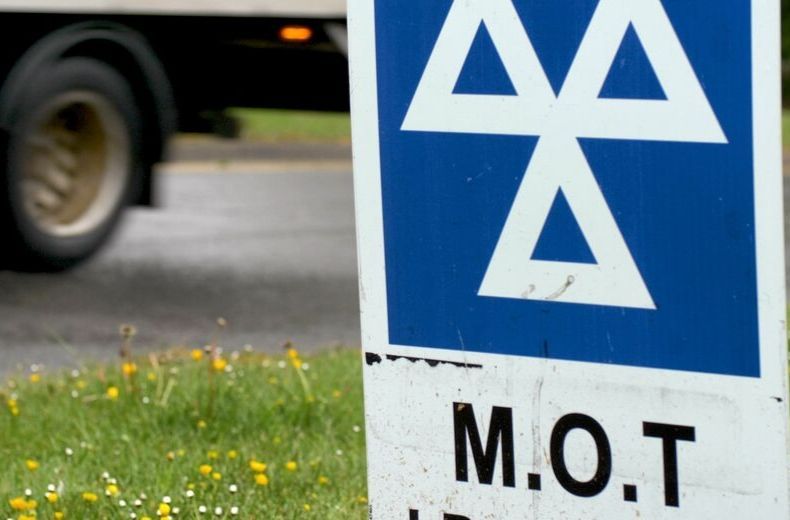Among drivers of all ages, one-in-10 (10%) admit they’ve failed to replace worn-out tyres or skipped the MOT, which is a legal requirement that guarantees the UK’s 42m vehicles are fit to be on the road.
What’s more, a fifth (19%) of those surveyed for the RAC’s annual Report on Motoring say they have tried to save money by delaying necessary repairs, or either reduced or stopped servicing their vehicles altogether due to cost. Avoiding important routine maintenance or repairs, the RAC warns, could lead to more cars breaking down on the road, possibly jeopardising drivers’ own safety or that of other road users.
The proportion of drivers delaying maintenance is significantly higher among those under the age of 25, with more than a third (36%) in this bracket saying they’ve ignored repairs and let servicing slide. And some have clearly deemed it a risk worth taking, as three-quarters of motorists (74%) surveyed by the RAC say the cost of servicing their car has increased since last year, up 5% on the 69% who said the same in 2023.
Failing to carry out routine maintenance and repairs to save money could also prove to be a false economy when a vehicle breaks down and owners are then faced with a big repair bill. This is borne out by six-in-10 (59%) drivers facing unexpected repair costs for their main vehicle over the past 12 months. While most of this group (63%) managed to cover these additional expenses comfortably, a sizeable remainder (37%) faced difficulties in doing so, a figure that rises to 45% among the under-25s. The average total amount spent on these unexpected repairs is an incredible £617.
The 2024 Report on Motoring also found that 50% of under-25s say they would struggle to meet a repair bill of £500, compared with just 25% of drivers aged 65 or older.
RAC breakdown spokesperson Simon Williams said: “It’s very worrying that so many drivers under the age of 44 appear to have risked breaking the law by not putting their vehicles through the MOT and running them on tyres that should have been replaced, all in an attempt to save some money.
“Safety on our roads is paramount. The MOT is a legal requirement for good reason: skipping it jeopardises the safety of all road users, including the driver. Tyres are a vehicle’s only contact with the road, so it’s vital they are in good condition and have plenty of tread – anyone who drives with poor tread or substandard tyres risks being involved in a collision.
“Those drivers who have taken the decision not to get their cars serviced or repaired might think they’re saving money, but they could very easily find themselves facing a far bigger garage bill for something which could have been cheaper to fix earlier on. They might also find themselves stuck in a breakdown situation at the side of the road, which can be both dangerous and expensive depending on whether they have the right roadside assistance cover.
“Fortunately, gone are the days when you have to spend time and effort getting your car to the garage for routine maintenance and repairs. The RAC now has a big nationwide team of Mobile Mechanics who can service or repair cars at drivers’ homes or workplaces at highly competitive prices.”
For complete peace of mind, all RAC Mobile Mechanics’ servicing is carried out to a standard that protects residual vehicle values and ensures vehicle manufacturer warranties remain valid. The RAC’s technicians are multi-skilled and therefore can complete full services, full diagnostic checks and oil changes as well as some repairs, avoiding further future vehicle downtime. RAC Mobile Mechanics already has an ‘Excellent’ Trustpilot rating, demonstrating just how much demand there is for the service.

RAC sale – up to 33% off*
• Roadside cover from £5.29 a month†
• We get to most breakdowns in 60 mins or less
• Our patrols fix 4/5 breakdowns on the spot

*Research conducted with 2,691 drivers by Online95 for the RAC Report on Motoring 2024. Only those who hold a full, current UK driving licence, drive at least once a month and have a motor vehicle in their household took part. Responses were rim-weighted to be nationally representative of UK motorists in age, gender, socio-economic groups and all UK regions. Effective sample size 1,925 drivers.
**VEH0101: Vehicles at the end of the quarter by licence status and body type: Great Britain and United Kingdom










